Emerging Trends in Electronics
The Carbon Nanotube Uses Market is significantly influenced by emerging trends in the electronics sector. With the miniaturization of electronic devices, there is a growing need for materials that can provide superior electrical conductivity and thermal management. Carbon nanotubes are being explored for use in transistors, sensors, and flexible displays, offering advantages over traditional materials. The market for carbon nanotubes in electronics is projected to grow as manufacturers seek to enhance performance while reducing size. Estimates suggest that this segment could witness a growth rate of approximately 15% annually, driven by the increasing demand for high-performance electronic components.
Innovations in Medical Applications
The Carbon Nanotube Uses Market is witnessing innovative advancements in medical applications, particularly in drug delivery and imaging. Carbon nanotubes possess unique properties that allow for targeted drug delivery, minimizing side effects and enhancing therapeutic efficacy. Furthermore, their application in medical imaging technologies, such as MRI and CT scans, is gaining traction due to their ability to improve contrast and resolution. The market for carbon nanotubes in the medical field is expected to grow as research continues to unveil new applications. Projections suggest that this segment could see a compound annual growth rate of over 20% in the coming years, reflecting the increasing integration of nanotechnology in healthcare.
Regulatory Support for Nanotechnology
The Carbon Nanotube Uses Market is benefiting from increasing regulatory support for nanotechnology research and development. Governments are recognizing the potential of nanomaterials, including carbon nanotubes, to drive innovation across various sectors. Initiatives aimed at promoting research funding and establishing safety guidelines are likely to foster growth in the carbon nanotube market. As regulatory frameworks become more supportive, companies are encouraged to invest in the development of new applications and technologies. This trend may lead to a more robust market environment, with projections indicating that regulatory support could contribute to a market growth rate of around 10% over the next few years.
Rising Applications in Energy Storage
The Carbon Nanotube Uses Market is experiencing a notable surge in applications related to energy storage solutions. Carbon nanotubes are being integrated into batteries and supercapacitors, enhancing their efficiency and lifespan. For instance, the incorporation of carbon nanotubes in lithium-ion batteries has been shown to improve charge capacity and reduce charging times. As the demand for efficient energy storage systems escalates, particularly in renewable energy sectors, the market for carbon nanotubes is projected to expand significantly. Analysts estimate that the energy storage segment could account for a substantial portion of the overall carbon nanotube market, potentially reaching a valuation of several billion dollars by the end of the decade.
Growth in Aerospace and Defense Sectors
The Carbon Nanotube Uses Market is poised for growth driven by increasing demand in aerospace and defense applications. Carbon nanotubes are recognized for their lightweight and high-strength properties, making them ideal for use in aircraft and military equipment. The aerospace sector is particularly focused on reducing weight to enhance fuel efficiency, and carbon nanotubes offer a promising solution. Recent studies indicate that the incorporation of carbon nanotubes in composite materials can lead to weight reductions of up to 30%. As defense budgets increase and the need for advanced materials rises, the carbon nanotube market in these sectors is likely to expand, potentially reaching new heights in the next few years.


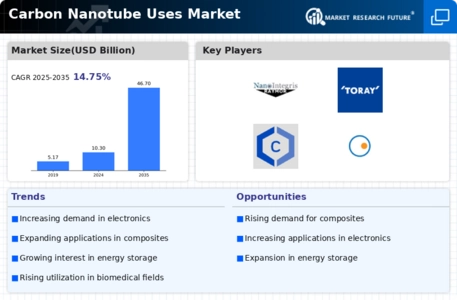
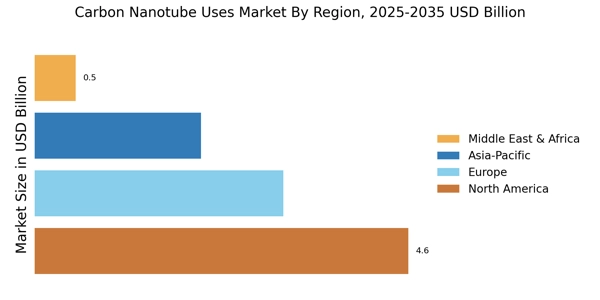
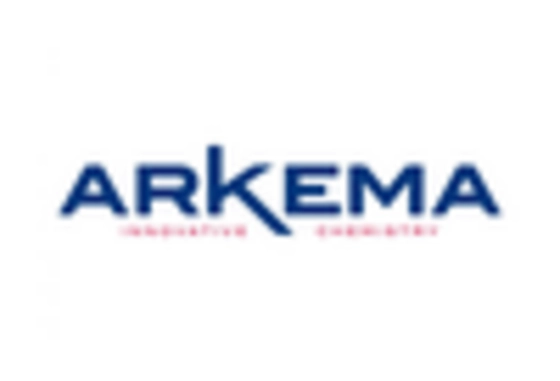
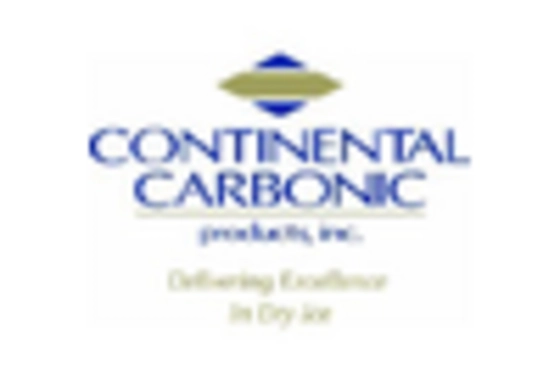


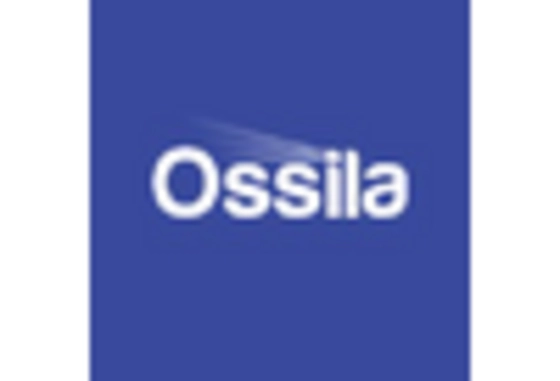
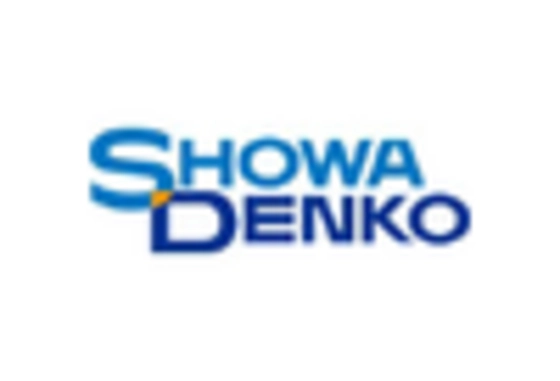








Leave a Comment